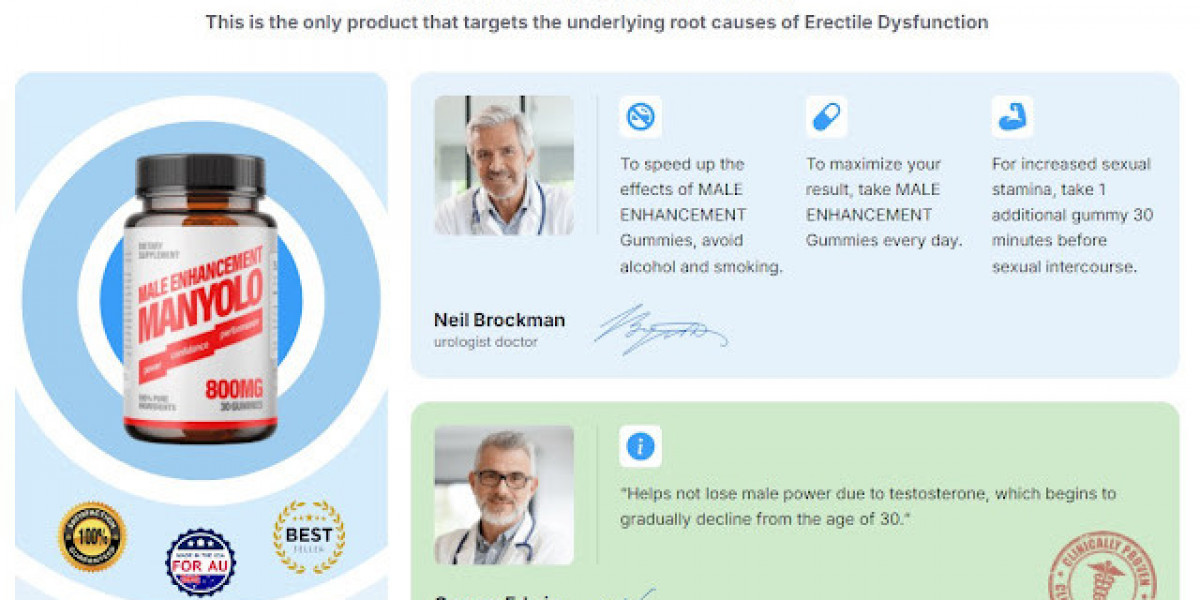In today’s industrial landscape, businesses in Malaysia are under constant pressure to enhance safety, minimize risks, and comply with stringent regulatory standards. From manufacturing plants and chemical facilities to oil and gas refineries, the stakes are high when it comes to workplace safety and operational continuity.
A Hazard and Operability (HAZOP) study has proven to be one of the most effective methodologies for risk identification and mitigation. By systematically analyzing process deviations and potential hazards, HAZOP ensures that companies can preemptively address risks, thereby protecting their operations, workforce, and reputation.
In this article, we explore the top benefits of conducting a HAZOP study in Malaysia and its vital role in mitigating risks across various industries.
1. Proactive Identification of Hazards
One of the most significant benefits of a HAZOP study is its ability to identify potential hazards before they escalate into accidents or failures. By systematically analyzing each stage of a process, HAZOP pinpoints deviations from design intent that could pose safety or operational risks.
For example:
· In chemical plants, HAZOP studies detect risks like overpressure, leaks, or reactive chemical interactions.
· In refineries, hazards such as flow blockages or temperature surges can be identified and addressed proactively.
By addressing risks at the design or early operational stages, businesses can significantly reduce the likelihood of accidents and costly downtime.
2. Improved Risk Mitigation Strategies
HAZOP studies not only identify hazards but also help develop effective risk mitigation strategies. Once deviations are identified, a HAZOP team recommends specific actions to eliminate or control the risks.
Examples of risk mitigation measures include:
· Installing safety relief valves to prevent overpressure.
· Adding automatic shut-off systems to control temperature or flow deviations.
· Implementing alarm systems to alert operators of unsafe conditions.
These measures ensure that businesses in Malaysia operate in a safer environment, significantly reducing risks to both personnel and assets.
3. Compliance with Malaysian Regulatory Standards
Malaysia has strict safety and regulatory frameworks, including guidelines set by the Department of Occupational Safety and Health (DOSH). Industries must comply with safety standards to avoid legal penalties, production shutdowns, or reputational damage.
A HAZOP study plays a crucial role in helping companies achieve compliance by:
· Documenting all identified hazards and mitigation plans.
· Providing structured safety recommendations to meet regulatory requirements.
· Demonstrating a commitment to safety during audits or inspections.
For industries like oil and gas, chemical manufacturing, and electronics, HAZOP ensures alignment with national safety laws, fostering safer workplaces and regulatory confidence.
4. Prevention of Accidents and Downtime
Accidents caused by unaddressed hazards can lead to devastating consequences, including injuries, fatalities, financial losses, and operational downtime. A HAZOP study minimizes these risks by identifying and mitigating hazards before they result in incidents.
Key outcomes include:
· Avoiding production shutdowns caused by equipment failures or accidents.
· Protecting workers from exposure to hazardous materials or dangerous conditions.
· Reducing the financial burden associated with accident investigations, repairs, or legal liabilities.
For example, in Malaysia’s petrochemical industry, a HAZOP study might highlight risks associated with flammable gas leaks, enabling the company to implement safety measures that prevent fires or explosions
5. Enhancing Operational Efficiency
In addition to safety benefits, HAZOP studies contribute to improving operational efficiency. By identifying process inefficiencies, bottlenecks, or deviations, businesses can streamline operations and optimize performance.
For instance:
· In manufacturing plants, HAZOP might detect slowdowns caused by inconsistent material flows or equipment limitations.
· In food and beverage industries, risks like improper temperature control can be mitigated to ensure consistent product quality.
By addressing these inefficiencies, businesses can improve productivity, reduce waste, and ensure smoother operations over the long term.
6. Extending Equipment Lifespan
HAZOP studies help identify risks that could cause equipment failures or accelerated wear and tear. By addressing these risks proactively, businesses can extend the lifespan of their assets.
Examples include:
· Identifying corrosion risks in pipelines or tanks caused by exposure to chemicals.
· Addressing pressure surges that could damage pumps or valves.
· Detecting conditions that lead to overheating or mechanical failures.
By maintaining equipment reliability, companies can avoid costly repairs, replacements, and downtime, ultimately saving on long-term operational costs.
7. Supporting Continuous Improvement
A HAZOP study is not just a one-time exercise; it fosters a culture of continuous improvement in safety and operational performance. Regular HAZOP reviews ensure that businesses adapt to:
· Process changes due to equipment upgrades or new technologies.
· Operational modifications resulting from increased production demands.
· Evolving safety regulations and industry standards.
For Malaysian industries, continuous HAZOP reviews allow organizations to stay ahead of risks, enhance safety protocols, and maintain operational excellence over time.
8. Building a Strong Safety Culture
Conducting a HAZOP study involves collaboration among multidisciplinary teams, including engineers, operators, and safety professionals. This process promotes a safety-first mindset within the organization.
Key benefits include:
· Raising awareness of potential risks among employees.
· Encouraging accountability for safety measures and practices.
· Empowering teams to identify and address hazards proactively.
By fostering a strong safety culture, Malaysian companies can improve employee morale, reduce accidents, and enhance overall workplace productivity.
9. Protecting Company Reputation and Investor Confidence
In high-risk industries, accidents or safety failures can damage a company’s reputation and erode investor confidence. A HAZOP study demonstrates a company’s commitment to safety, compliance, and risk management, which builds trust among stakeholders.
By minimizing risks, businesses can:
· Protect their brand image from negative publicity.
· Gain investor confidence for future projects.
· Ensure continued business operations without regulatory disruptions.
For companies operating in sectors like chemical manufacturing or petrochemicals, demonstrating safety compliance is critical for maintaining competitive advantages in Malaysia’s industrial landscape.
Conclusion
The HAZOP study is an essential tool for Malaysian industries striving to mitigate risks, improve safety, and achieve long-term operational success. By proactively identifying hazards, enhancing operational efficiency, and ensuring compliance with safety standards, HAZOP helps businesses minimize accidents, reduce downtime, and maintain workplace safety.
For industries such as oil and gas, chemical manufacturing, electronics, and food processing, investing in a HAZOP study is not just about regulatory compliance—it is a strategic decision to protect employees, assets, and business continuity.
By embracing HAZOP as part of their risk management strategy, Malaysian businesses can create safer, more efficient, and more resilient operations.








